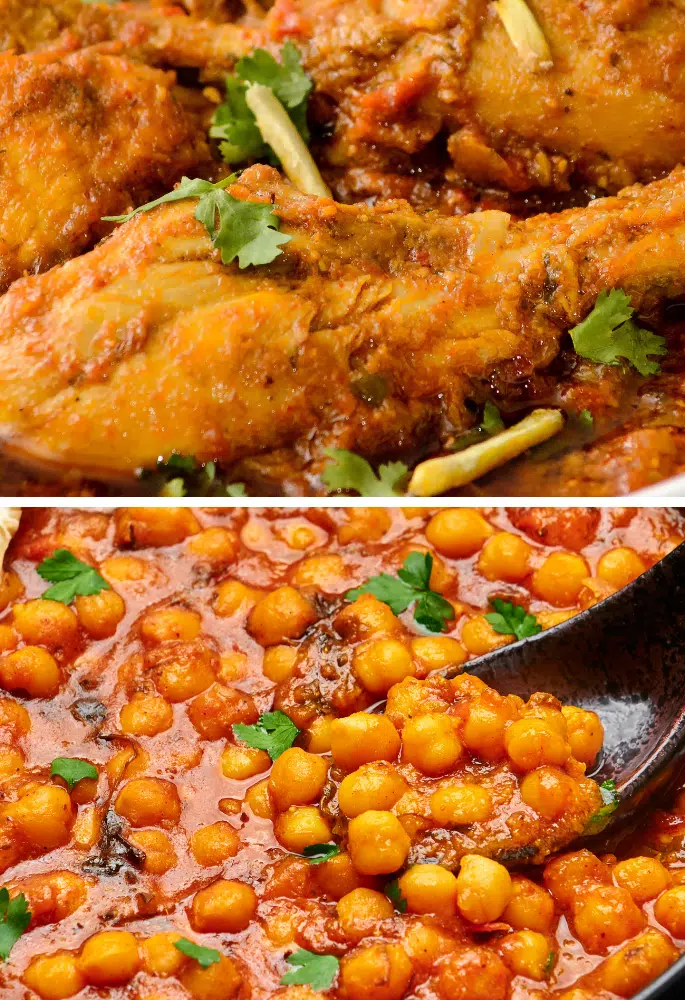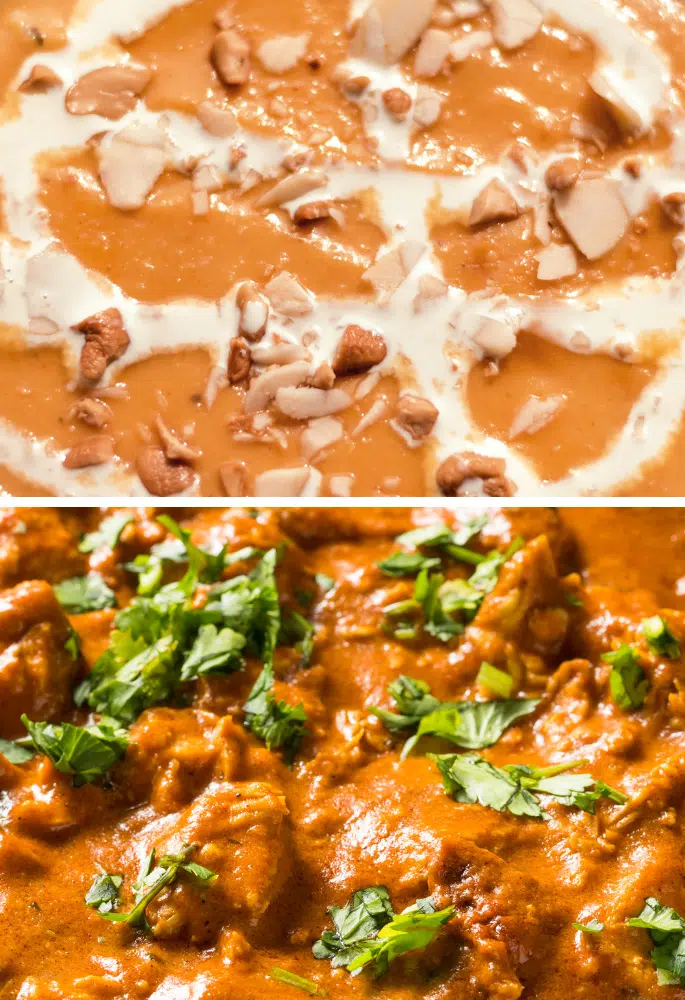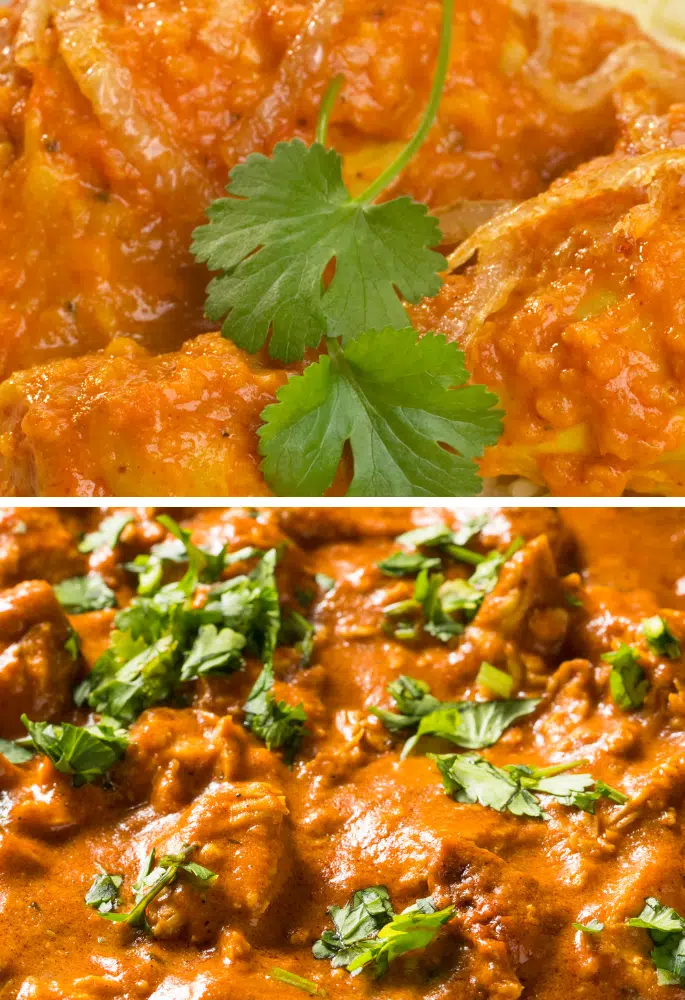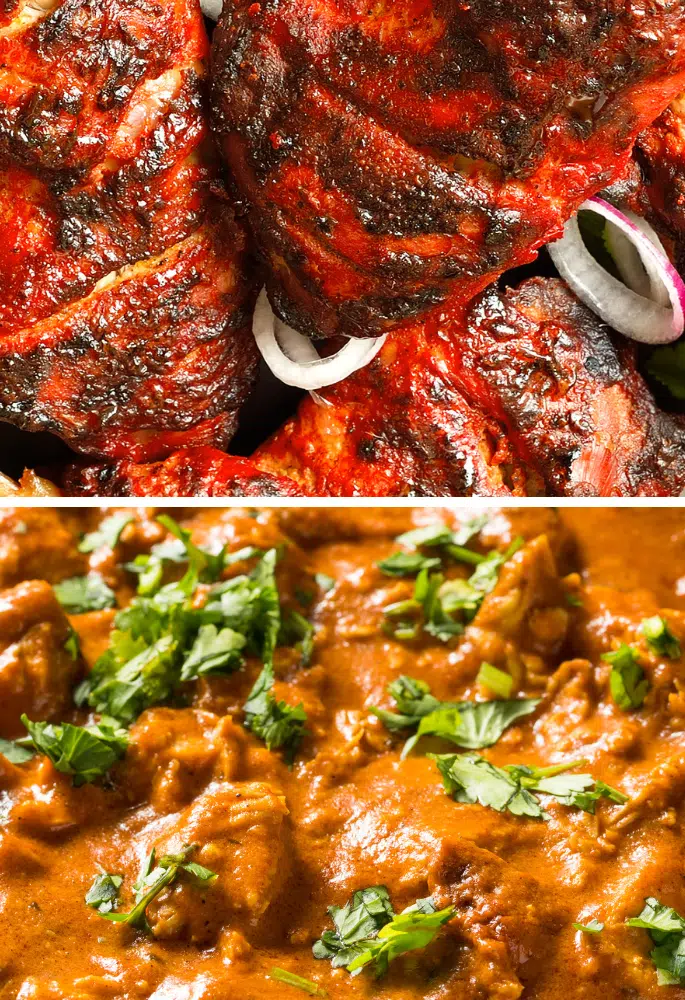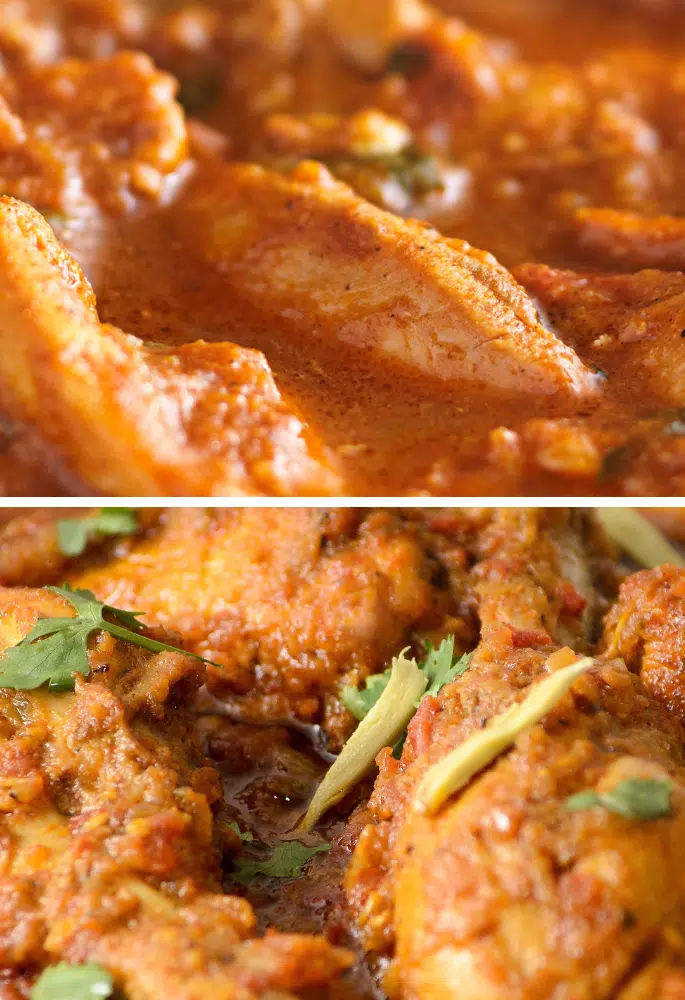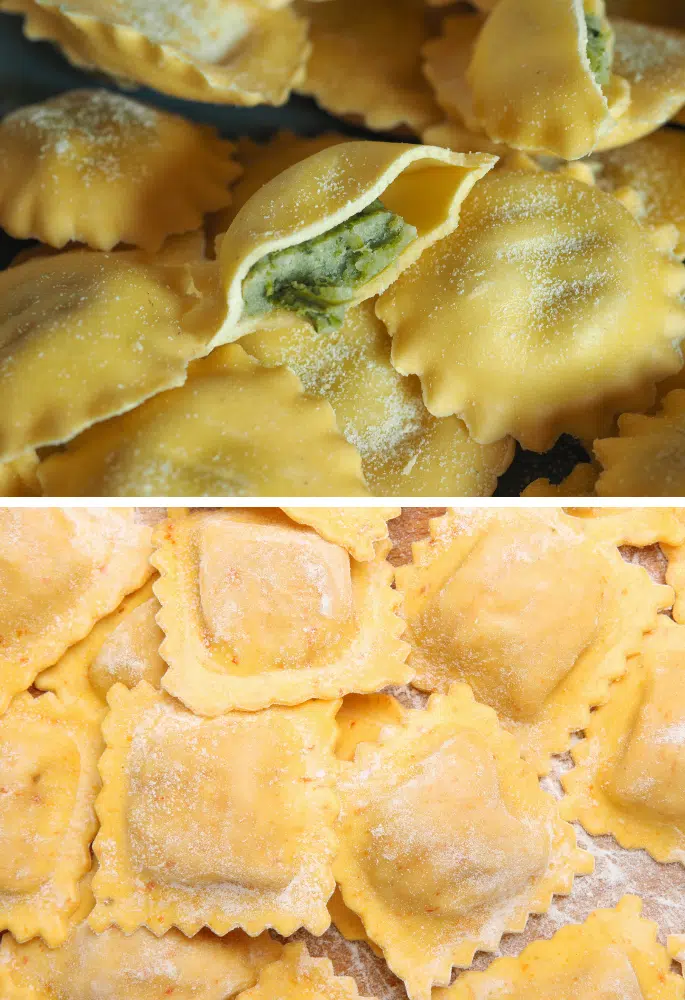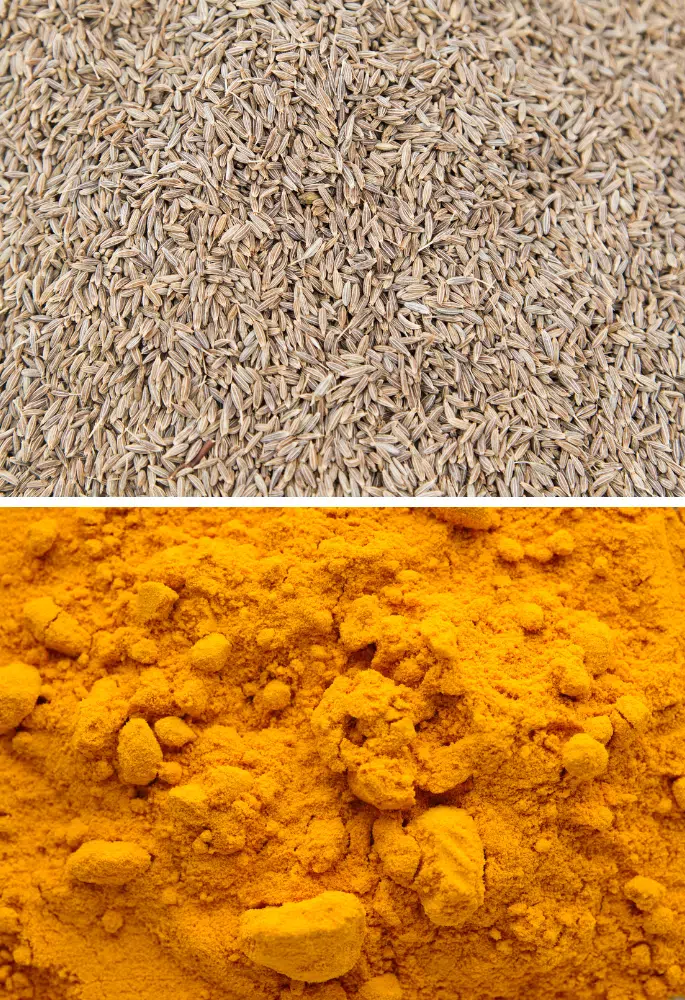Anyone who enjoys warm hot chocolate on a cold night or likes making warm bakes knows that a critical step in ensuring the cosiest, tastiest results is heating milk.
But believe it or not, heating milk is one of the hardest tasks to do correctly as it is such an easy ingredient to burn or overheat. Could microwaving your milk prevent such issues?
To microwave milk, pop it into a microwave-safe container and then microwave for 15 seconds. Stir and then repeat for a further 15 seconds until steaming.
How to Microwave Milk
One basic method for microwaving milk can be adapted to suit, however hot you want your milk. For example, if you need milk ready to make a custard, you can still use the following method and adapt the times as you need to:
- Measure
Figure out how much milk you need and measure it out either in a jug or with measuring cups. - Transfer
You don’t want to microwave it in a jug or measuring cup, so transfer all of the milk into a deep microwave-safe container. - Set Up
Set your microwave to a medium-high heat, roughly no higher than 70% of the microwave’s full power. - Microwave
All that is left to do is place the milk into the microwave and microwave the milk for roughly 15 seconds. - Stir
After 15 seconds, quickly stir the milk and continue to heat it in 15-second intervals until you can see steam coming from the milk itself.
How to Microwave Milk Successfully
It may seem like a simple task at first, but warming up milk using any method can be tricky to get right, especially when using a microwave with its own set of challenges.
To ensure that you microwave your milk successfully every time, here are a few tips to keep in mind:
- Warmer milk = Quicker Heating – It may seem obvious, but the less cold your milk is to begin with, the less time you will have to spend microwaving the milk. Measure out how much milk you want to microwave and then leave it to naturally warm up a little on your kitchen side before you microwave it.
- Avoid Mugs – As milk is a liquid, it is best to avoid microwaving it in a mug or cup. Otherwise, you risk the milk spilling in the microwave or splattering all over the inside. Instead, stick with a microwave-safe container deep enough to hold all the milk without causing spillage.
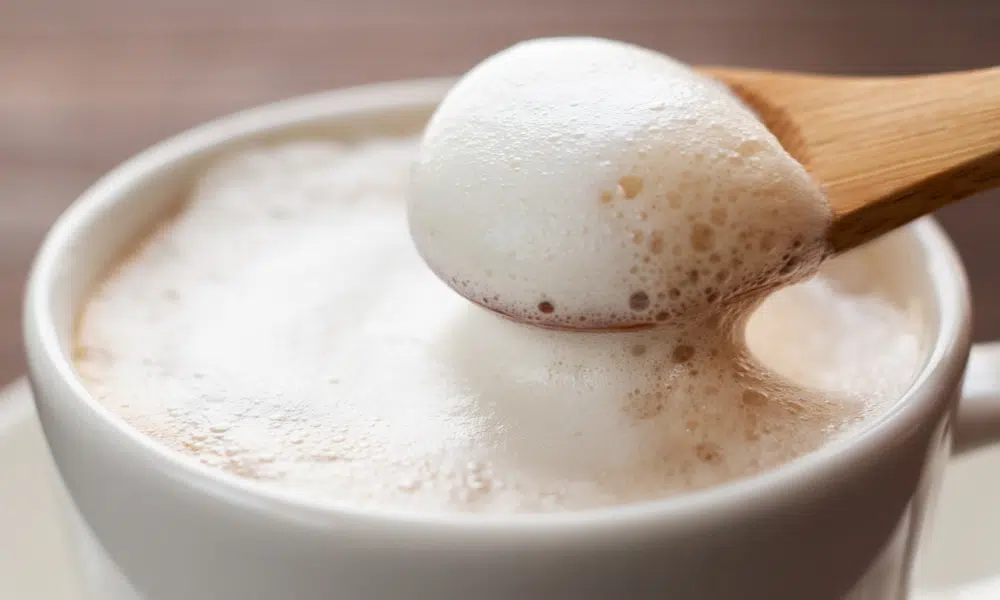
- Check – When heating your milk, do not forget to check the milk every 15-20 seconds. This will prevent the milk from burning as easily.
- Scalding Milk – To scald your milk, follow the same method listed above but set your microwave to its highest setting and microwave for up to 3 minutes in intervals.
- Consider Fat Levels – Not all milk has the same amount of fat, especially if you use a non-dairy alternative. Milk with less fat will heat up faster than fattier milk, so keep this in mind when microwaving your milk.
Why You Should Microwave Milk
Milk is one of those ingredients that has been around for thousands of years.As such, there are tried and trusted traditional methods for warming milk, but there are plenty of reasons why you should skip the tradition and use your microwave instead.
Super Quick
The last thing you want to do when you are coming home from a long cold walk is wait around for milk to warm up for a hot drink.
Luckily, the biggest advantage of microwaving milk is how quickly it can heat up. You can have perfectly warm milk in less than 5 minutes!
Mess-Free
Most traditional methods for heating milk require pots, pans, bowls, and a collection of dishes you must wash up at the end. But when microwaving your milk, all you need is a microwave-safe container and a spoon. That’s it!
Safe To Do
It can be quite the challenge keeping children away from hot pans in the kitchen, especially when warming milk using traditional methods, which increases the risk of a scorching hot spillover.
Because a microwave is a self-contained heating device, you will not have to worry about children accidentally touching hot pans while they wait for their afternoon milk to warm up.
So long as you do not use a container that is not microwave-friendly, then heating your milk in the microwave is the safest method.
Why You Shouldn’t Microwave Milk
The issue with warming up milk is that it is a surprisingly delicate ingredient to cook with. As such, there are a few reasons you shouldn’t microwave your milk to consider when you next want a warm, milky drink:
Hard To Control Temperature
When you are warming up milk on the stove, you can keep a thermometer in the pan to ensure you are not overheating the milk.
But heating your milk in a microwave means that it is harder to regulate the temperature of the milk as you will have to stop heating it every time you want to check its temperature, which will affect the thermometer’s reading and may affect your dish in turn.
Easy To Burn
Some recipes require you to scold your milk, but there is a big difference between scolded and burnt milk.
Unfortunately, because a microwave will warm your milk up so quickly and it is hard to regulate the temperature of the milk, your milk can go from being perfectly hot to burnt in seconds without you even noticing.
Texture Change
As it is so easy to burn or scorch milk when warming it up in the microwave, it is just as easy for the smooth, creamy texture of the milk itself to change.
This would happen by the scolded bits of milk mixing back in with the rest of the milk, making the liquid taste burnt and gritty.
Microwaving Milk FAQs
Do you have further questions about microwaving milk? Then check out these FAQs:
Pour the desired amount of milk into a microwave-safe container and heat on high for 30 seconds. Stir the milk and continue to microwave in 15-second intervals until the desired temperature is reached before adding in your chocolate powder.
Yes, it is safe to microwave milk as long as it is done correctly. It is important to use a microwave-safe container, stir the milk frequently to prevent scalding, and avoid overheating.
Sources
We have verified the information on this page using the following resources:
Acacia may be a freelance writer by day, but they are a food fanatic by night. They are always trying out new recipes or finding different ways to elevate classical dishes. But their biggest culinary aim is to educate others on the basics of the kitchen so that they too can enjoy delicious food.


